Home>Home Appliances>Cleaning Appliances>What Mop Is Best For Laminate Flooring
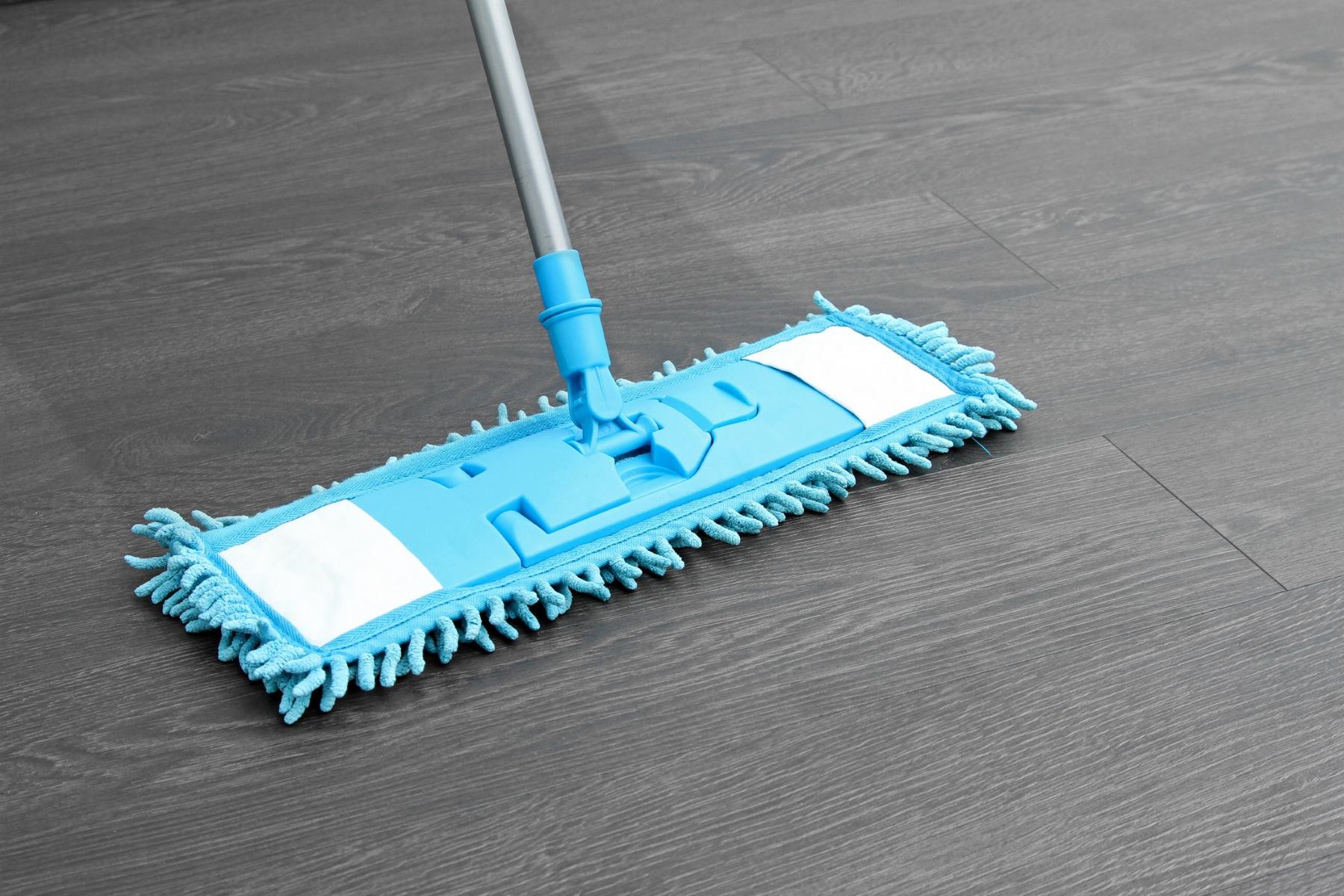

Cleaning Appliances
What Mop Is Best For Laminate Flooring
Modified: August 23, 2024
Discover the best mop for laminate flooring with our expert guide. Find top-rated cleaning appliances to keep your floors spotless and shiny.
(Many of the links in this article redirect to a specific reviewed product. Your purchase of these products through affiliate links helps to generate commission for Storables.com, at no extra cost. Learn more)
Introduction
Laminate flooring is a popular choice for many homeowners due to its durability, easy maintenance, and aesthetic appeal. However, keeping laminate floors clean and well-maintained requires the right tools, including a suitable mop. Choosing the best mop for laminate flooring is essential to ensure that the floors are effectively cleaned without causing any damage.
In this comprehensive guide, we will delve into the world of laminate flooring and explore the factors to consider when selecting a mop specifically designed for this type of flooring. Additionally, we will highlight some of the best mops available, providing valuable insights to help you make an informed decision.
Whether you are a seasoned homeowner or a first-time laminate floor owner, understanding the nuances of caring for this type of flooring is crucial. With the right knowledge and tools at your disposal, maintaining the pristine condition of your laminate floors can be a straightforward and rewarding task.
Let's embark on this journey to discover the best practices and tools for keeping your laminate flooring in top-notch condition.
Key Takeaways:
- Choose a gentle, low-moisture mop with machine-washable pads for laminate flooring to prevent damage and ensure effective cleaning without excessive water.
- Mops like Bona Spray Mop and Swiffer WetJet Starter Kit offer convenient, gentle cleaning solutions tailored to the unique needs of laminate floors, preserving their longevity and visual appeal.
Read also: 13 Best Laminate Floor Mop For 2024
Understanding Laminate Flooring
Laminate flooring is a versatile and cost-effective option that replicates the look of natural materials such as hardwood, stone, or tile. Composed of multiple layers, including a durable wear layer, a high-resolution photographic layer, and a moisture-resistant core, laminate flooring offers the beauty of natural materials with added resilience and easy maintenance.
One of the key advantages of laminate flooring is its ability to resist scratches, dents, and stains, making it an ideal choice for high-traffic areas in homes and commercial spaces. The surface of laminate flooring is designed to withstand daily wear and tear, providing a long-lasting and visually appealing flooring solution.
Unlike hardwood flooring, laminate flooring does not require waxing or refinishing, simplifying the maintenance process. Regular cleaning is essential to preserve the luster and integrity of laminate floors, and choosing the right cleaning tools, such as a suitable mop, is paramount to achieving optimal results without causing damage.
It is important to note that excessive moisture can potentially damage laminate flooring. Therefore, when cleaning laminate floors, it is crucial to use minimal water and ensure that the mop is thoroughly wrung out to prevent water from seeping into the floor seams and causing swelling or warping.
Understanding the unique characteristics of laminate flooring is essential when selecting cleaning tools and products. By choosing a mop specifically designed for laminate flooring, you can maintain the cleanliness and appearance of your floors while safeguarding their longevity.
Now that we have gained insight into the composition and maintenance requirements of laminate flooring, let’s explore the essential factors to consider when choosing a mop tailored to this type of flooring.
Factors to Consider When Choosing a Mop for Laminate Flooring
When selecting a mop for laminate flooring, several crucial factors should be taken into account to ensure effective cleaning and the preservation of the flooring’s integrity.
- Gentle Cleaning Action: Opt for a mop that offers a gentle cleaning action to prevent scratches or damage to the laminate surface. Microfiber mops are an excellent choice, as they are designed to effectively trap dirt and debris without causing abrasions.
- Adjustable Handle Length: Look for a mop with an adjustable handle length to cater to your comfort and cleaning preferences. A customizable handle allows you to reach under furniture and into tight spaces with ease.
- Machine-Washable Pads: Choose a mop with machine-washable pads to facilitate convenient cleaning and maintenance. Reusable and washable pads not only contribute to sustainability but also ensure that you are always using a clean mop for each cleaning session.
- Low-Moisture Design: Prioritize mops with a low-moisture design to prevent excessive water from seeping into the seams of the laminate flooring. This helps mitigate the risk of water damage and ensures a swift drying process.
- Compatibility with Laminate-Safe Cleaners: Ensure that the mop is compatible with laminate-safe cleaning solutions. Using the appropriate cleaning products in conjunction with the mop is essential for achieving optimal results without compromising the integrity of the flooring.
- 360-Degree Swivel Head: Consider a mop with a 360-degree swivel head for enhanced maneuverability and accessibility around obstacles. This feature enables you to navigate around furniture and other obstructions with minimal effort.
By carefully considering these factors, you can narrow down your options and identify a mop that aligns with the specific requirements of cleaning laminate flooring. Now, let’s explore some of the best mops available that are tailored to the unique needs of laminate floors.
When choosing a mop for laminate flooring, look for one with a microfiber pad to effectively trap dirt and debris without causing damage to the surface. Avoid using excessive water and opt for a spray mop for better control of moisture.
Best Mops for Laminate Flooring
When it comes to choosing the best mop for laminate flooring, several options stand out for their effectiveness, convenience, and compatibility with the unique characteristics of laminate floors.
- Bona Stone, Tile & Laminate Spray Mop: This innovative mop from Bona is specifically designed for stone, tile, and laminate floors. Featuring a refillable cartridge and a microfiber cleaning pad, the Bona Spray Mop offers an easy-to-use, gentle cleaning solution for laminate flooring. The rotating head and lightweight design enhance maneuverability, while the residue-free, pH-neutral cleaning solution ensures a streak-free finish.
- Swiffer WetJet Wood Floor Mopping and Cleaning Starter Kit: The Swiffer WetJet Wood Floor Mopping and Cleaning Starter Kit is equipped with a dual-nozzle sprayer and a specially formulated cleaning solution that is safe for laminate flooring. The disposable, super-absorbent pads effectively trap dirt and grime without leaving residue, making it a convenient and efficient option for regular maintenance.
- O-Cedar ProMist MAX Microfiber Spray Mop: The O-Cedar ProMist MAX Microfiber Spray Mop offers versatility and ease of use, making it an excellent choice for laminate flooring. With a refillable bottle and a double-sided microfiber mop head, this mop allows for customizable cleaning solutions and thorough dirt removal. The microfiber pad is machine washable, contributing to sustainability and cost-effectiveness.
- Microfiber Wholesale Professional Microfiber Mop: This professional-grade microfiber mop is designed to deliver exceptional cleaning performance on laminate floors. The durable aluminum mop frame and 360-degree swivel head enable efficient maneuvering, while the machine washable microfiber pads ensure consistent cleanliness. The mop is compatible with various cleaning solutions, providing flexibility for different cleaning needs.
Each of these mops is tailored to the specific requirements of laminate flooring, offering gentle yet effective cleaning solutions while minimizing the risk of water damage. By selecting a mop that aligns with these criteria, you can maintain the cleanliness and appearance of your laminate floors with confidence and convenience.
Now that we have explored some of the best mops for laminate flooring, let’s summarize the key insights and conclude our guide to selecting the ideal mop for this type of flooring.
Conclusion
Choosing the best mop for laminate flooring is a pivotal step in maintaining the cleanliness, longevity, and visual appeal of your floors. By understanding the unique characteristics of laminate flooring and considering the essential factors when selecting a mop, you can make an informed decision that aligns with the specific cleaning requirements of this type of flooring.
Factors such as gentle cleaning action, adjustable handle length, machine-washable pads, low-moisture design, compatibility with laminate-safe cleaners, and 360-degree swivel heads play a crucial role in determining the suitability of a mop for laminate flooring. By prioritizing these features, you can ensure effective cleaning while safeguarding the integrity of the flooring.
Furthermore, the availability of specialized mops designed for laminate flooring, such as the Bona Stone, Tile & Laminate Spray Mop, Swiffer WetJet Wood Floor Mopping and Cleaning Starter Kit, O-Cedar ProMist MAX Microfiber Spray Mop, and Microfiber Wholesale Professional Microfiber Mop, offers a range of options tailored to the unique needs of laminate floors. These mops provide efficient, convenient, and gentle cleaning solutions, contributing to the maintenance of pristine laminate flooring.
Ultimately, by investing in a high-quality mop specifically designed for laminate flooring and adhering to proper cleaning practices, you can ensure that your floors remain in optimal condition, free from damage and unsightly residue. Regular maintenance with the right tools not only enhances the aesthetic appeal of your laminate flooring but also contributes to its long-term durability and resilience.
As you embark on the journey of caring for your laminate flooring, remember that the right mop is not just a cleaning tool but a valuable ally in preserving the beauty and functionality of your floors. With the knowledge and insights gained from this guide, you are well-equipped to make a confident and informed choice when selecting a mop for your laminate flooring.
May your cleaning endeavors be met with efficiency, satisfaction, and the enduring radiance of your laminate floors.
Frequently Asked Questions about What Mop Is Best For Laminate Flooring
Was this page helpful?
At Storables.com, we guarantee accurate and reliable information. Our content, validated by Expert Board Contributors, is crafted following stringent Editorial Policies. We're committed to providing you with well-researched, expert-backed insights for all your informational needs.
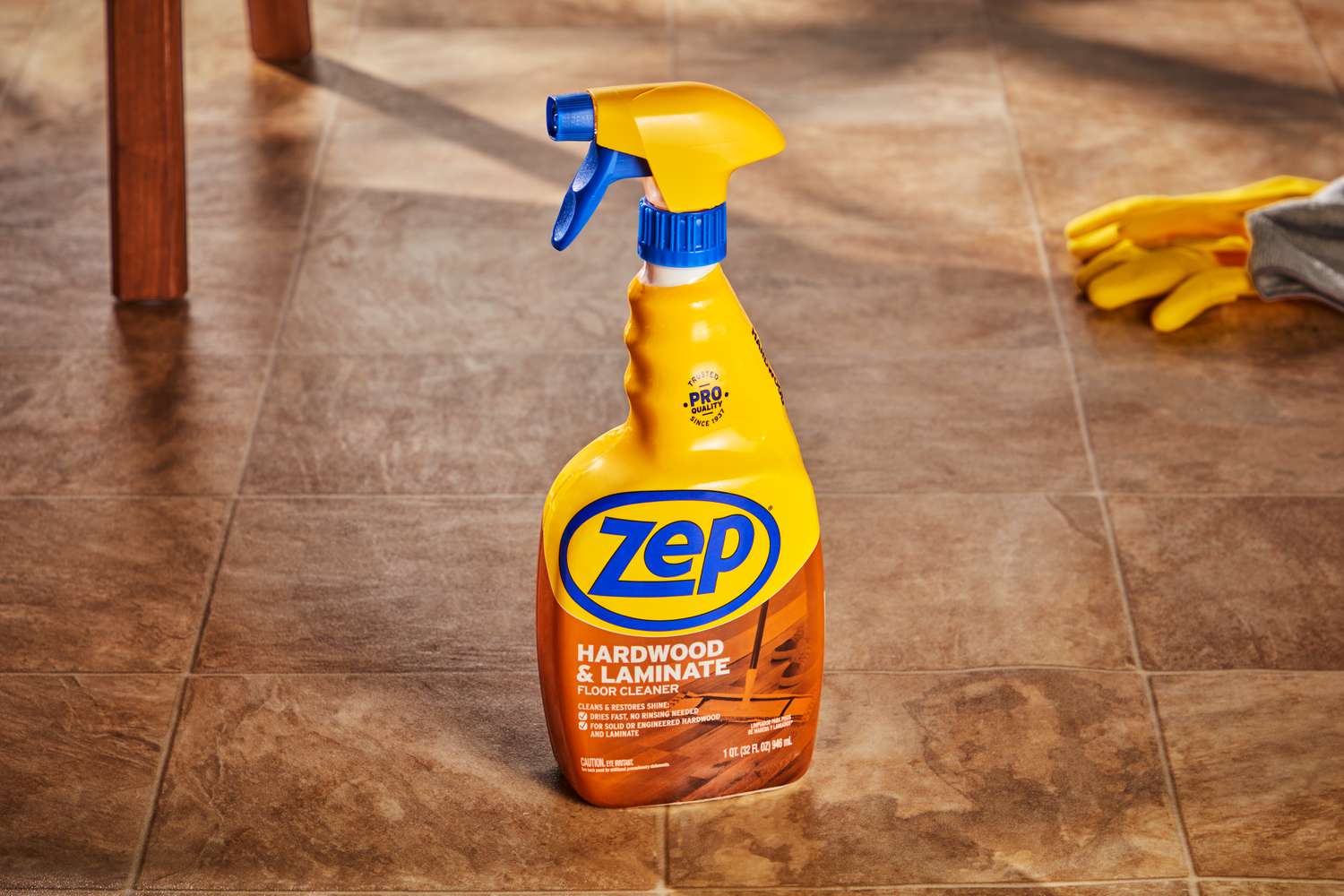
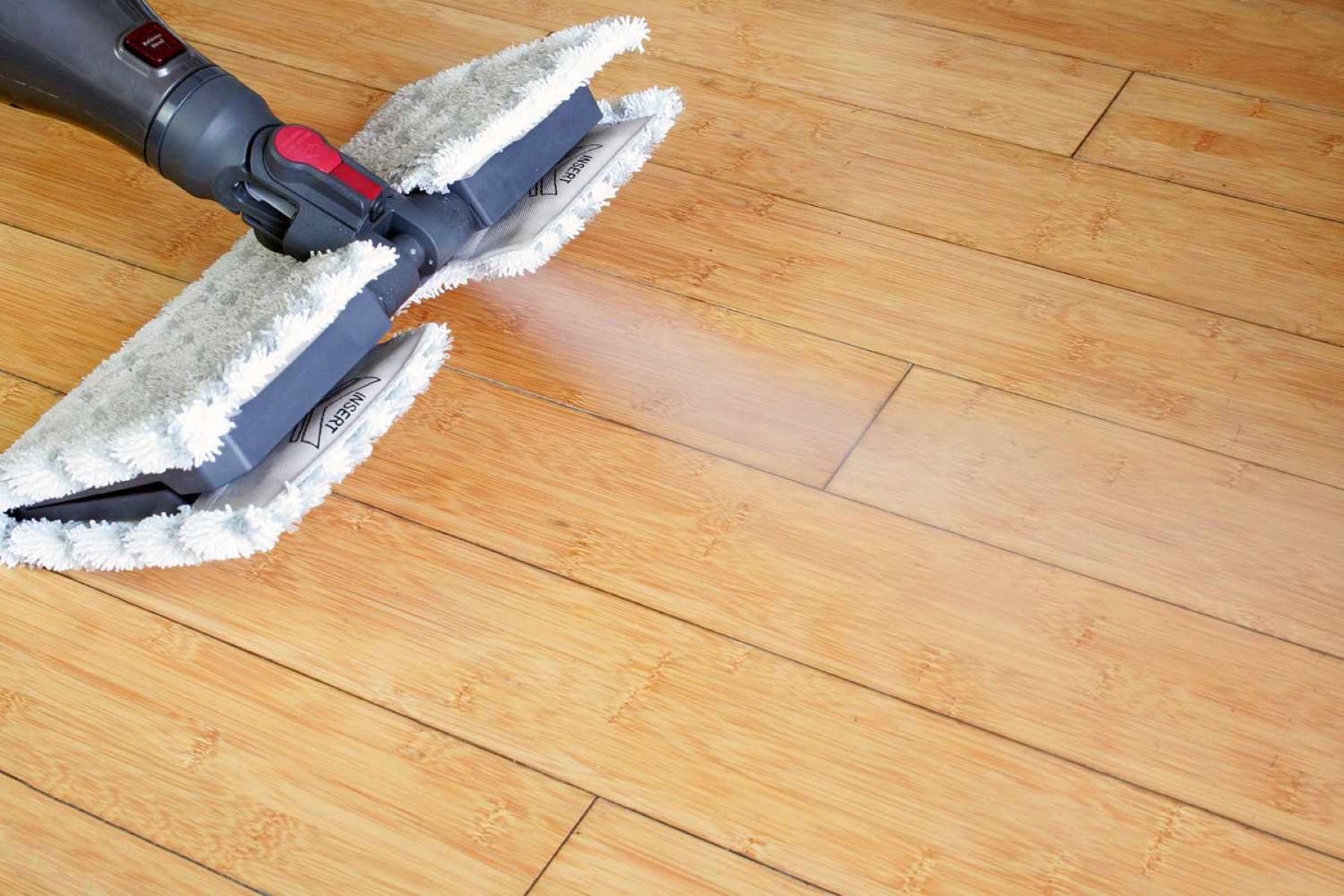
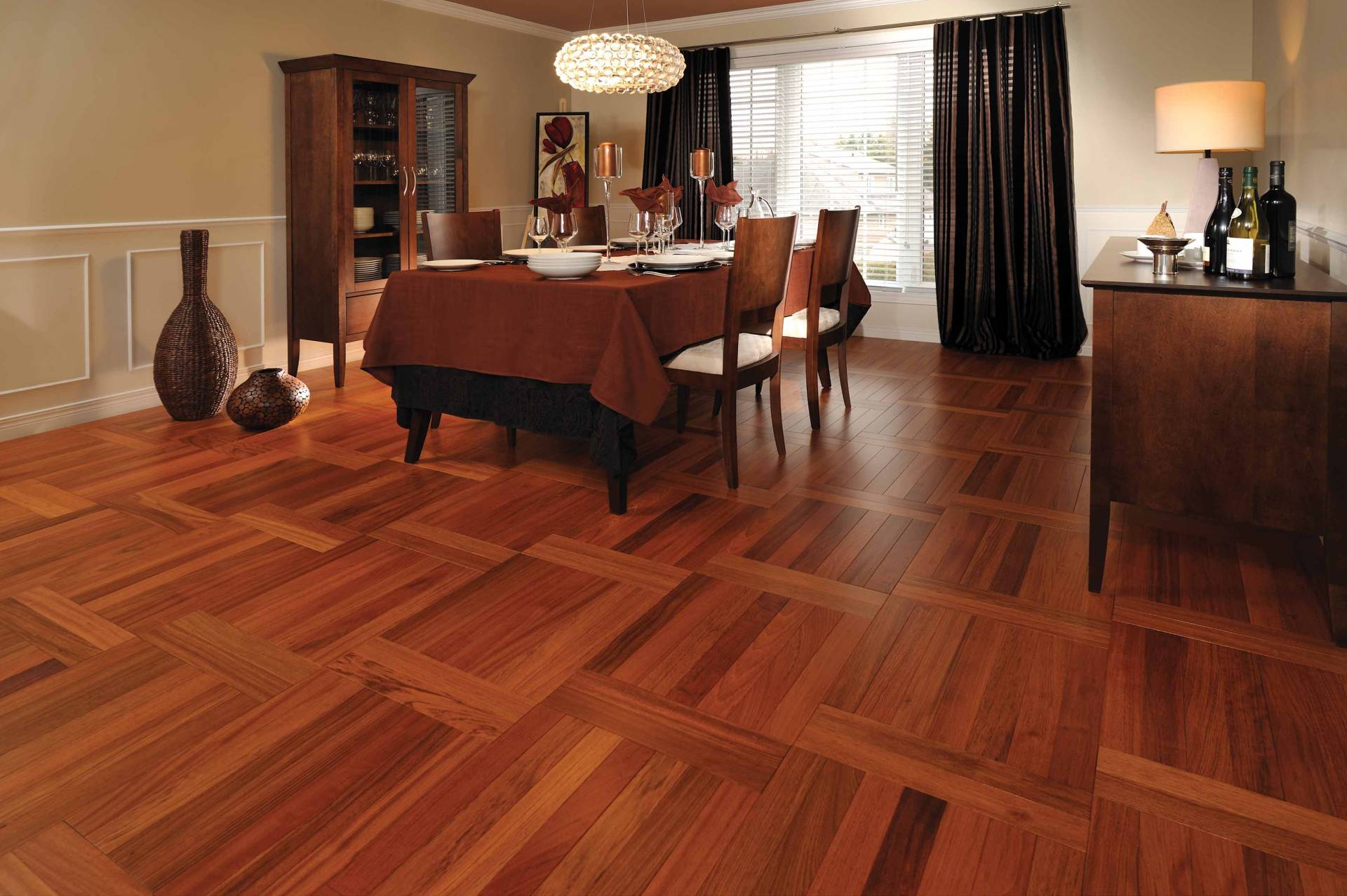
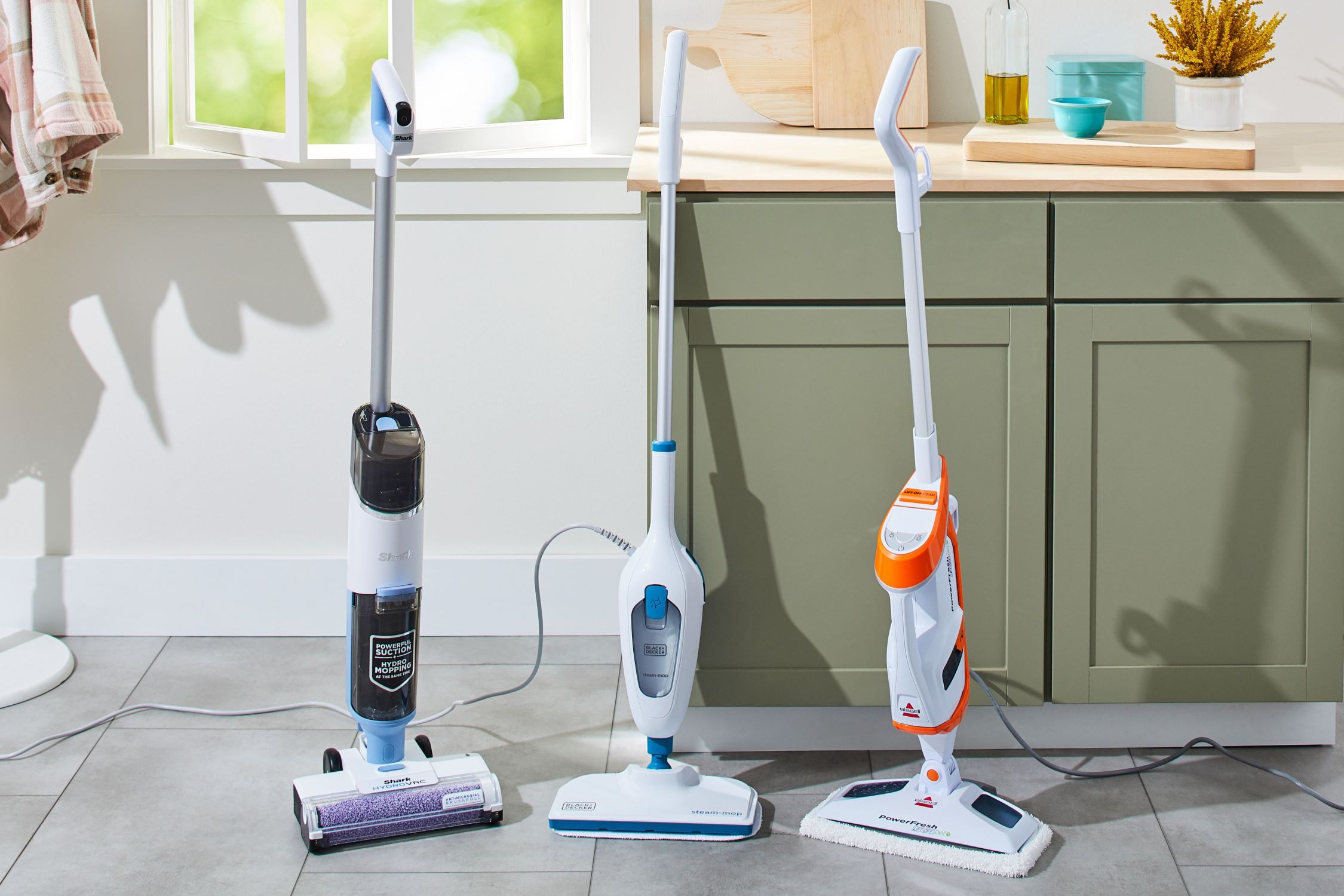
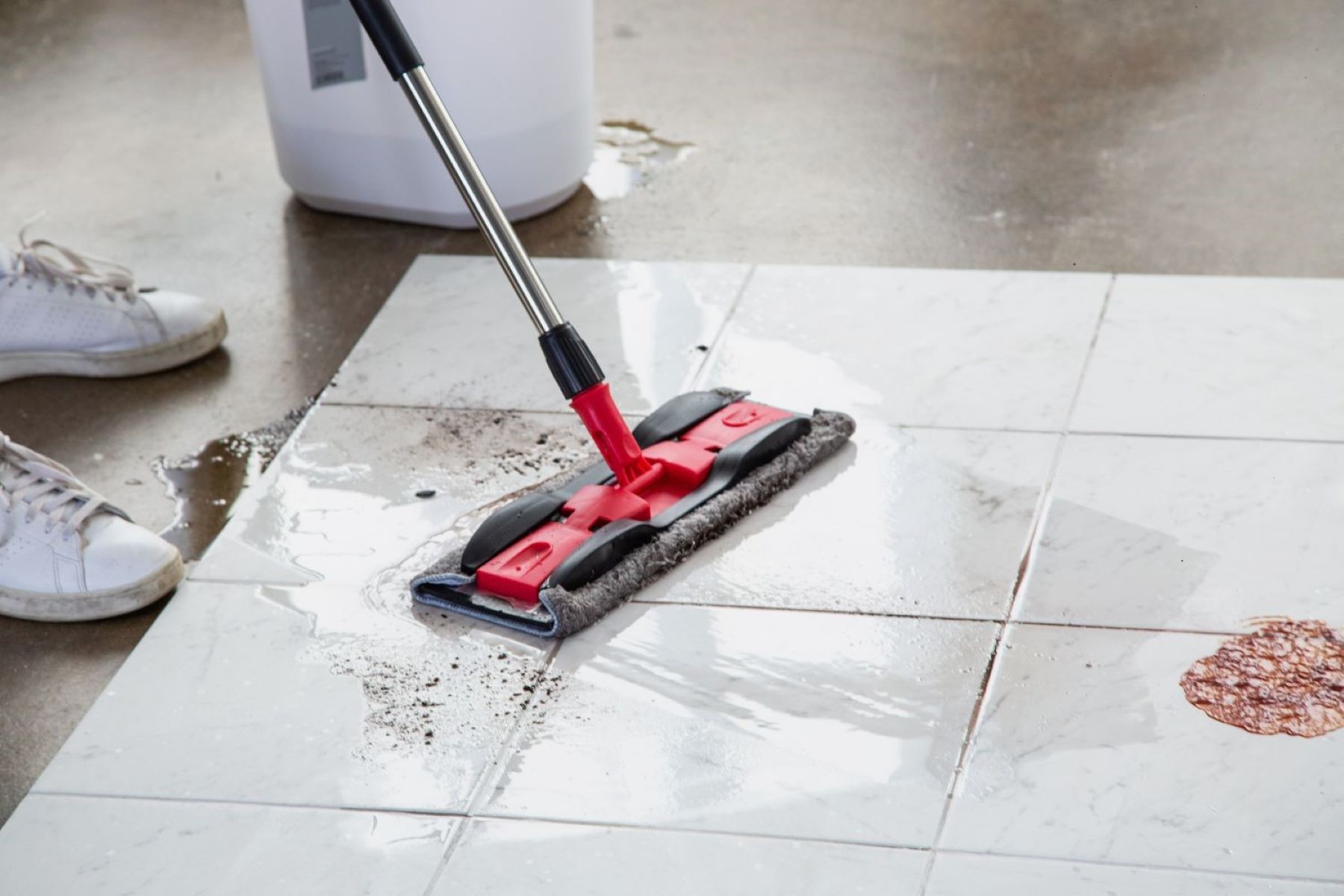
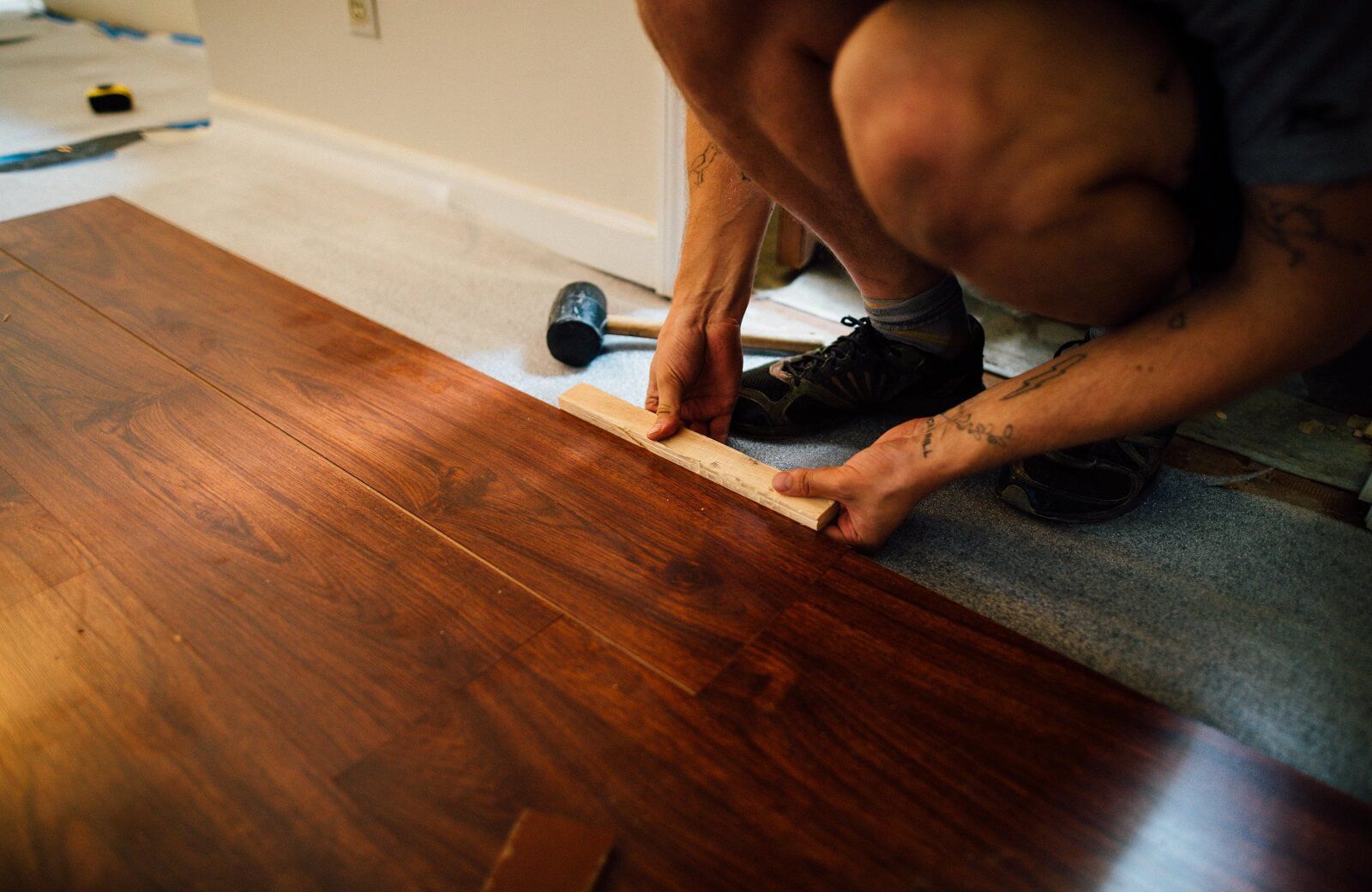
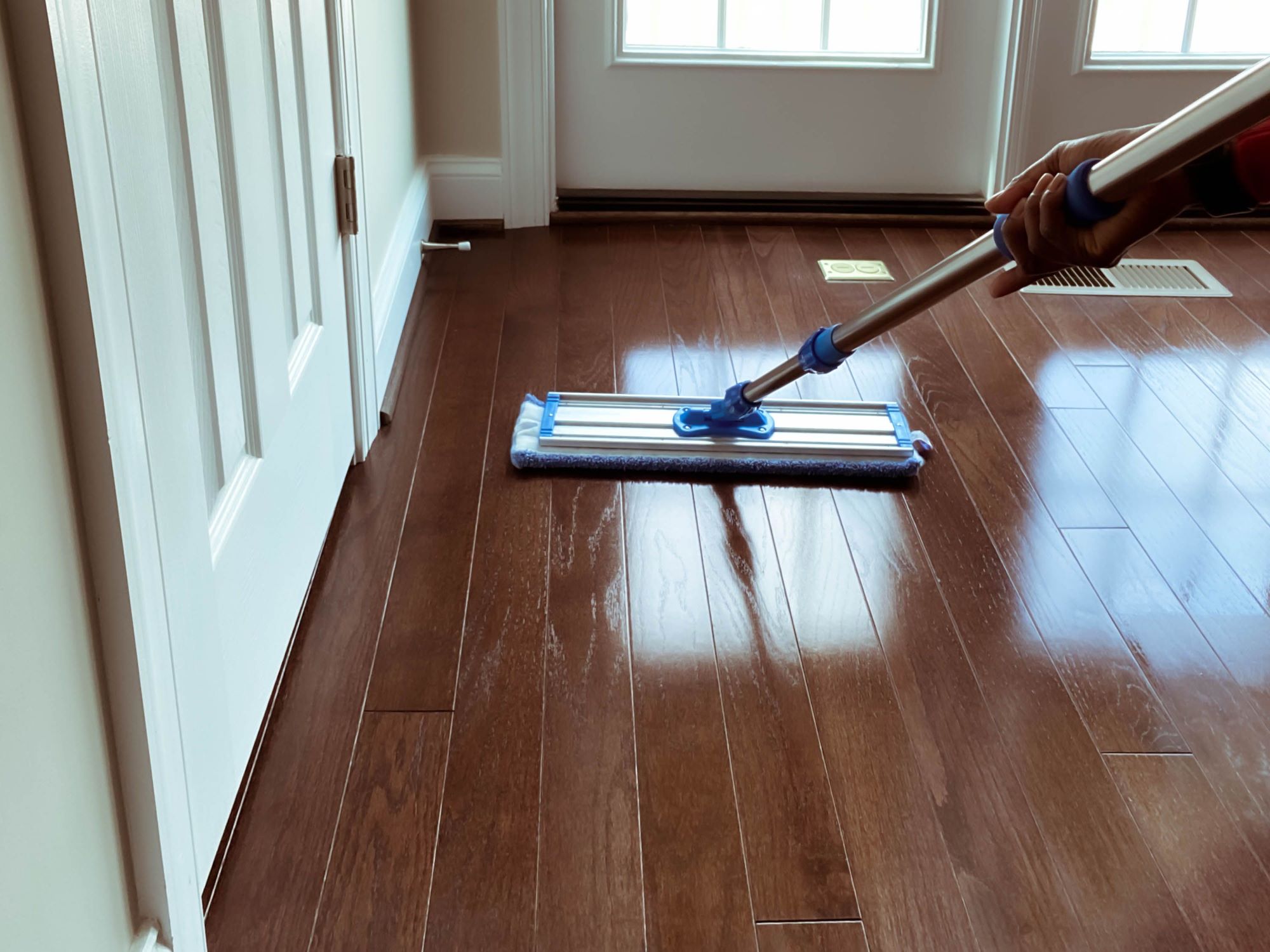
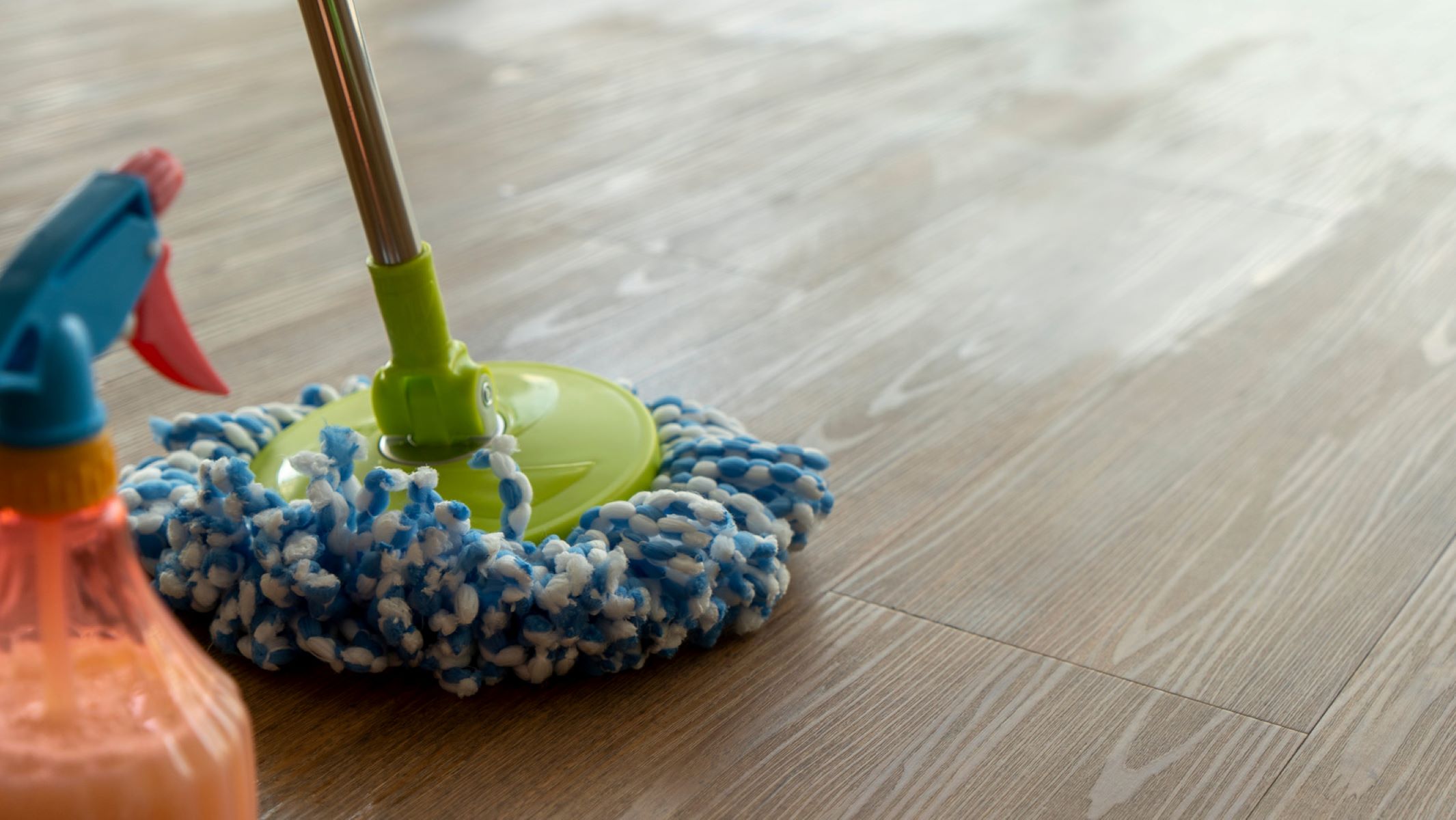

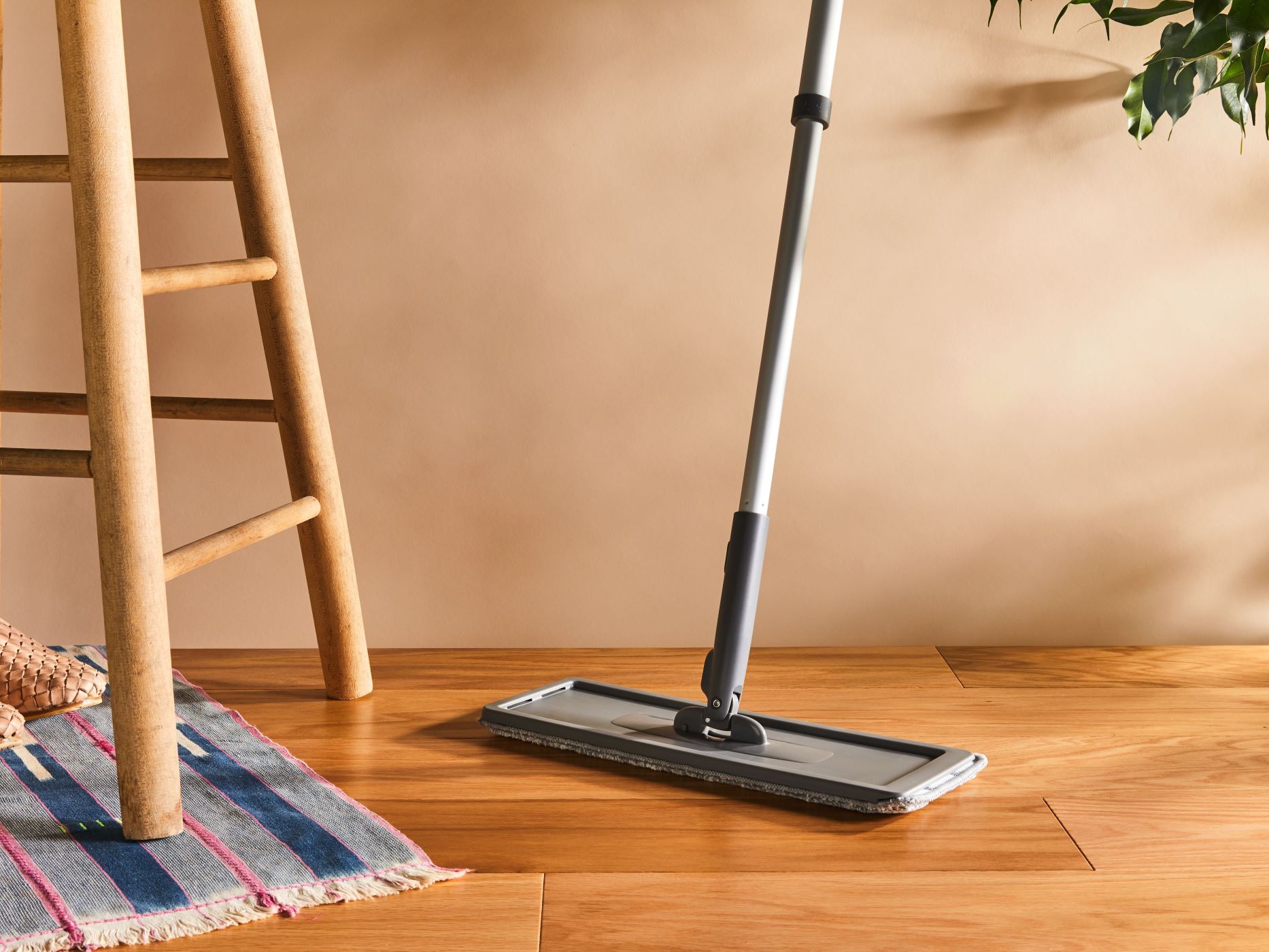
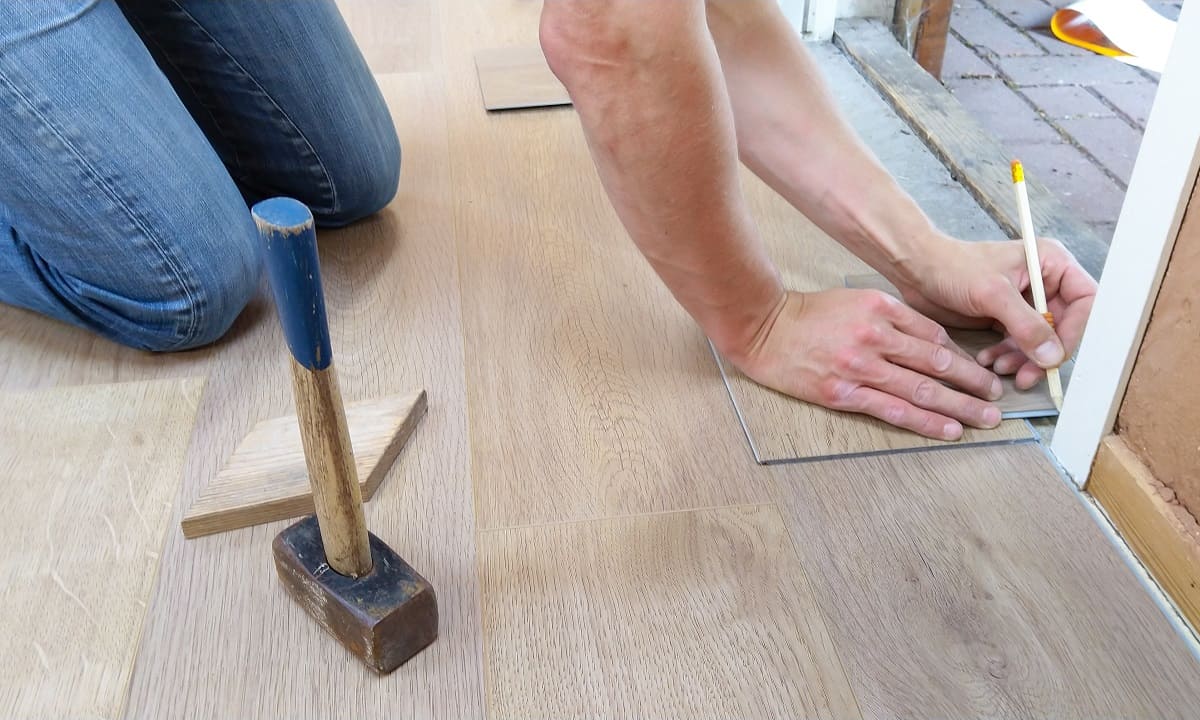
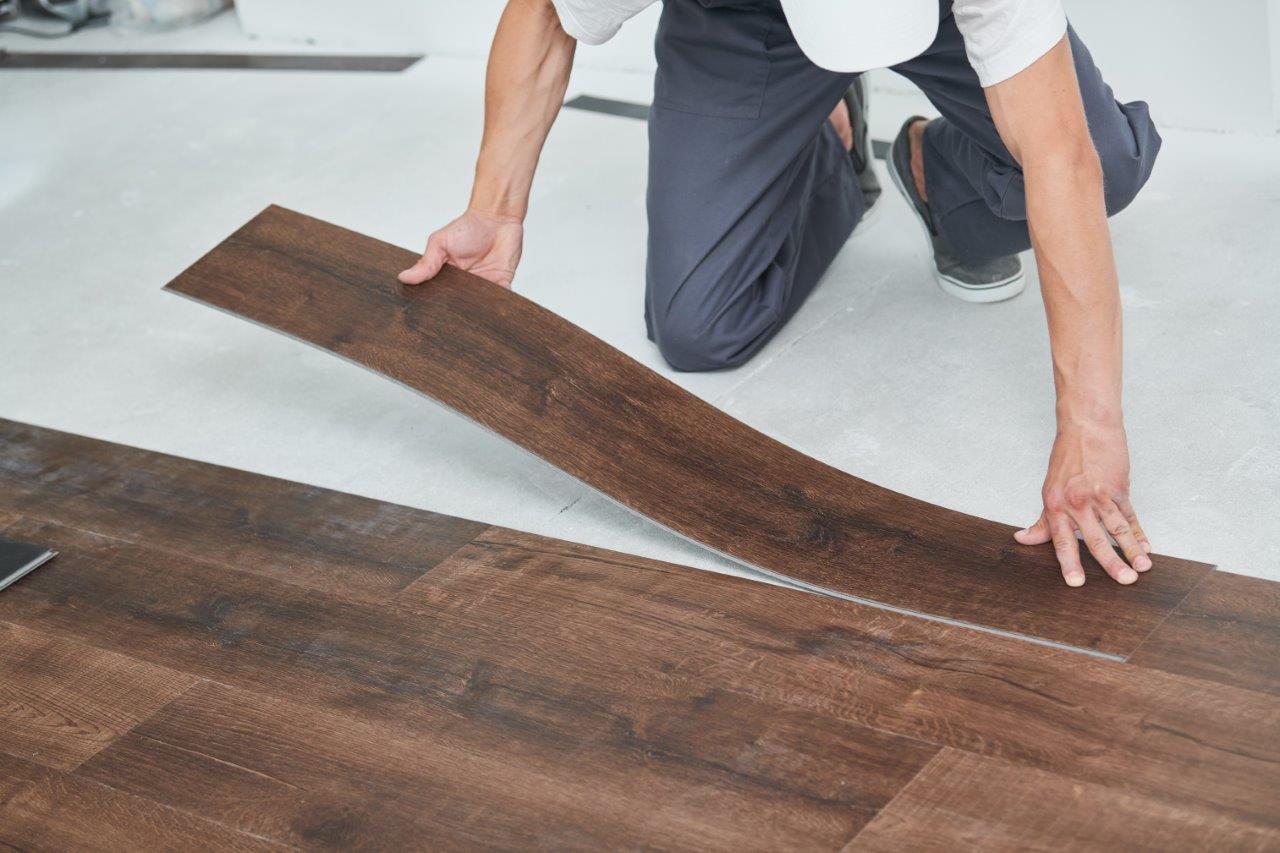
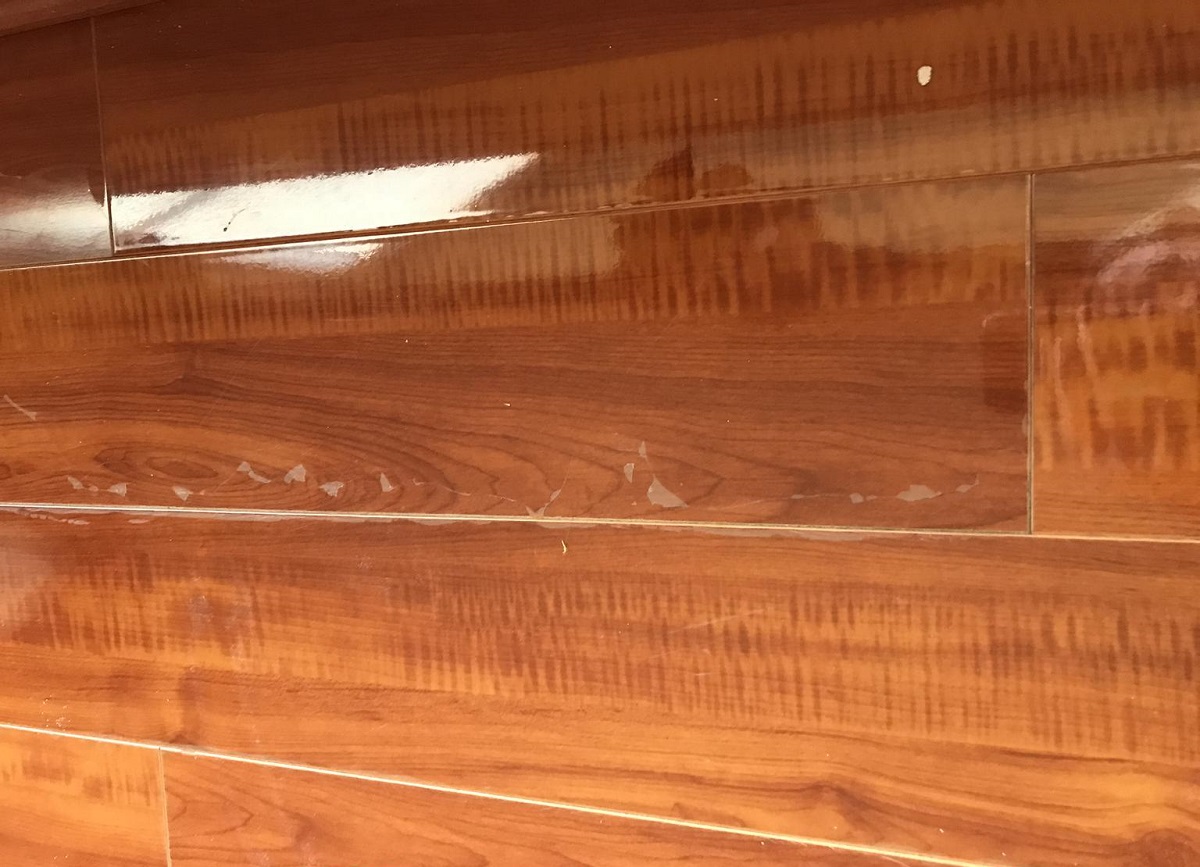
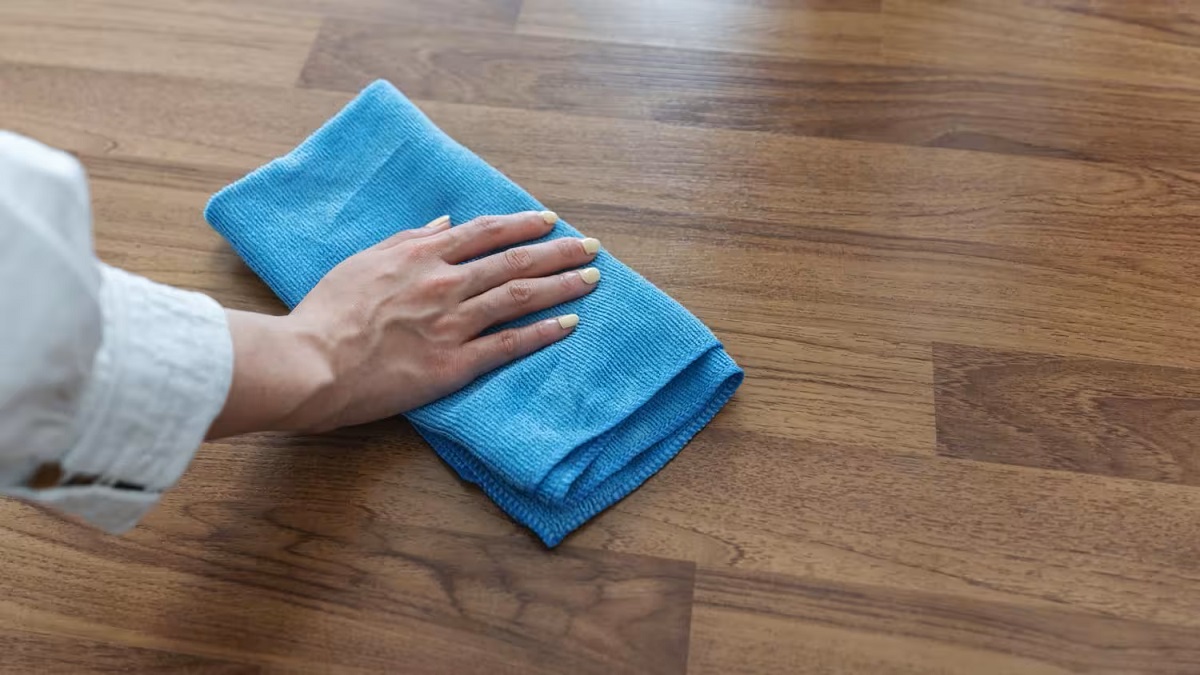
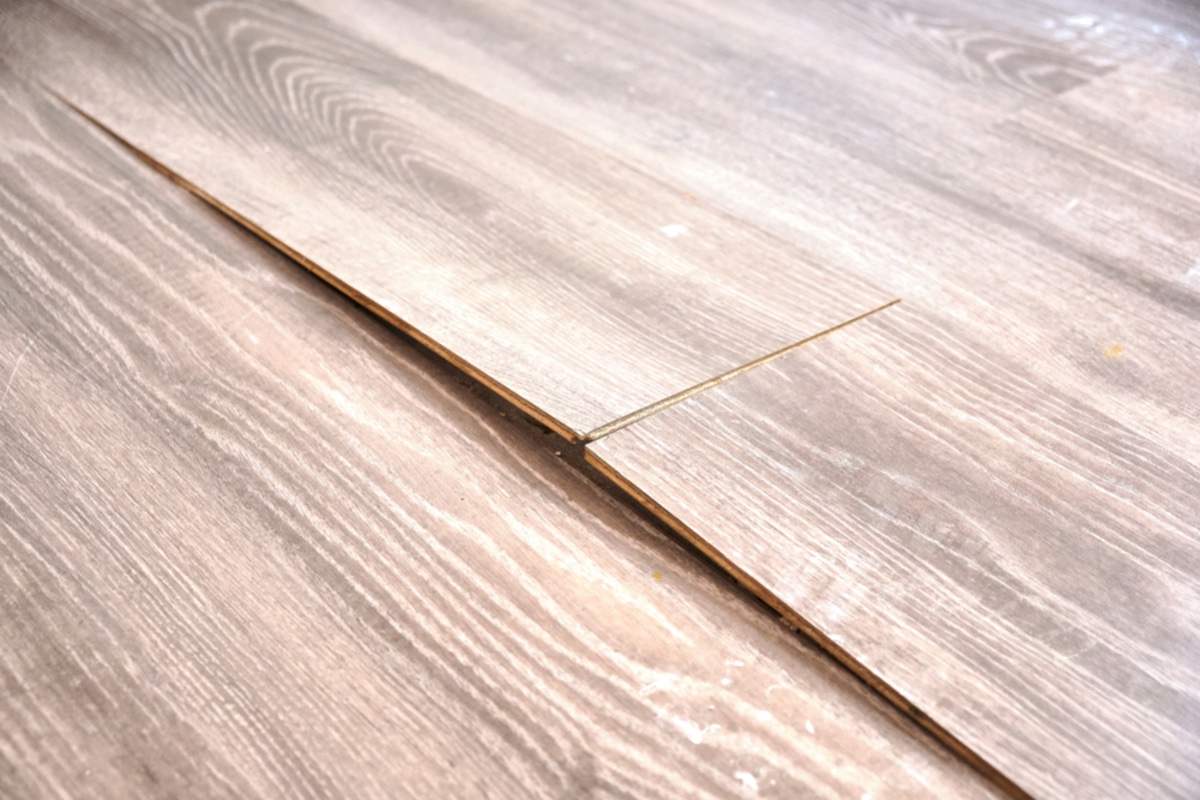

0 thoughts on “What Mop Is Best For Laminate Flooring”